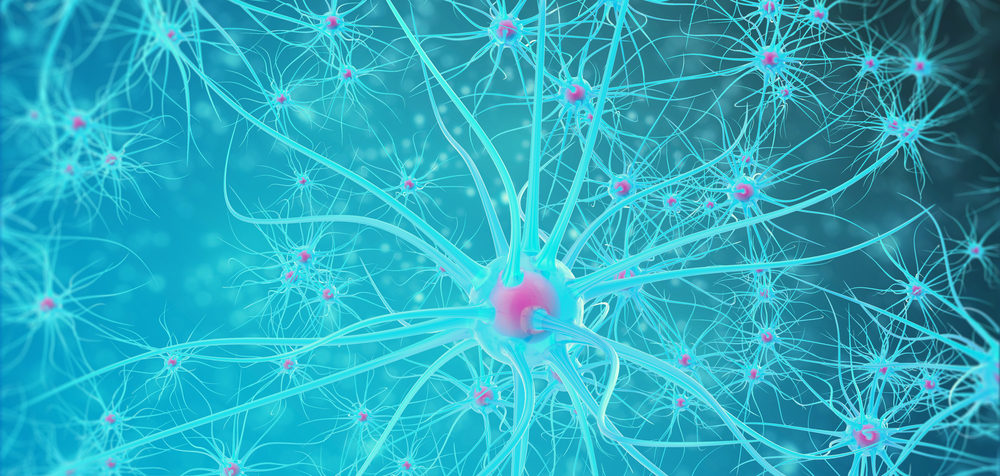
The School of Electrical Engineering and Telecommunications at the University of New South Wales (UNSW) in Australia has put together a multidisciplinary team to create a new method for measuring neural activity using light. This could result in a complete reimagining of medical technology, such as brain-machine interfaces and nerve-operated prosthetics.
The researchers developed sensors – called ‘optrodes’ – that use liquid crystal and integrated optics technology to detect nerve impulses in a living animal body. The optrodes have been shown to perform just as well as the conventional electrodes currently in use, which utilize electricity to detect nerve impulses.
According to team lead Professor François Ladouceur, the optodes also address “very thorny issues that competing technologies cannot address.”
“Firstly, it’s very difficult to shrink the size of the interface using conventional electrodes so that thousands of them can connect to thousands of nerves within a very small area. One of the problems as you shrink thousands of electrodes and put them ever closer together to connect to the biological tissues is that their individual resistance increases, which degrades the signal-to-noise ratio so we have a problem reading the signal. We call this ‘impedance mismatch’. Another problem is what we call ‘crosstalk’ – when you shrink these electrodes and bring them closer together, they start to talk to, or affect each other because of their proximity.”
But – due to the optrodes use of light rather than electricity – impedance mismatch issues are redundant, and crosstalk is minimized.
“The real advantage of our approach is that we can make this connection very dense in the optical domain and we don’t pay the price that you have to pay in the electrical domain,” Professor Ladouceur said.
Ladouceur’s team recently sought to demonstrate that optrodes could be used to accurately measure neural impulses in a living animal. An optrode was connected to the sciatic nerve of an anesthetized animal, then the nerve was stimulated with a small current and the neural signals were recorded with the optrode. The same procedure was also performed using a conventional electrode and a bioamplifier.
“We demonstrated that the nerve responses were essentially the same,” said Professor Nigel Lovell, Head of the Graduate School of Biomedical Engineering, and team member. “There’s still more noise in the optical one, but that’s not surprising given this is a brand new technology, and we can work on that. But ultimately, we could identify the same characteristics by measuring electrically or optically.”
The team’s next step will be to scale up the number of optrodes to be able to handle complex networks of nervous and excitable tissue.
.
